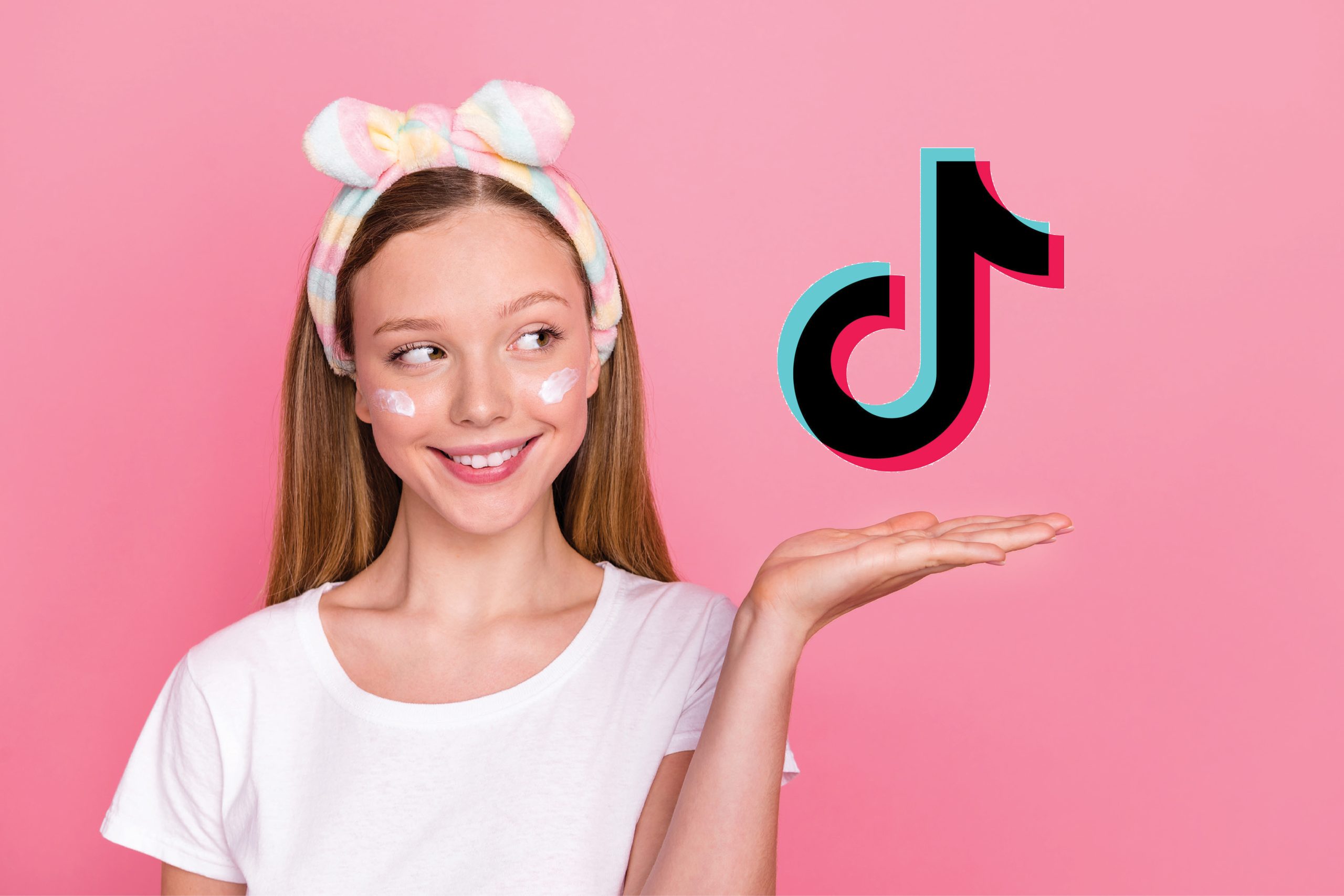TikTok is full of kids as young as 8 taking on multi-step routines that include moisturizers, masks, serums and more. Thanks to the rise of online influencers, children are being, well, influenced to take an interest in beauty at younger and younger ages, and that includes expensive skin care. But is there a problem with starting a beauty routine before you’re even in high school?
Common Skin Concerns for Kids
- Acne: Around 85% of teens suffer from acne, and it often starts as early as 11 years old for girls and usually a couple years later for boys. The most common cause is hair follicles being blocked due to excess skin oil. If the follicle remains open, it creates a blackhead, and if it closes, a whitehead forms. Both types of clogged pores can then develop into pimples.
- Contact dermatitis: This refers to any skin irritation caused by exposure to a substance your child is allergic or sensitive to. It can manifest as a rash, hives, cracked skin, swelling, blistering and more. Some common causes of dermatitis are actually skin care and beauty products, such as perfumes or fragrances and dyes used in hair color or makeup.
- Eczema: Also known as atopic dermatitis, this is a fairly common skin condition, affecting around 15% of children. It is characterized by rash and itching. It is often caused by genetics, but another factor is the skin barrier. If a child has an abnormal skin barrier, it can cause their skin to lose moisture and be more sensitive to external irritants. Eczema usually improves with age and can be treated by avoiding potentially irritating products, like detergent, soaps and moisturizers with fragrances.
3-Step Skin Care for Kids
While influencers may be pushing complex multi-product skin care routines online, the best method for most kids is to keep it simple. If a child isn’t experiencing skin issues, they really only need three steps to their daily routine.
- Cleanser: Gentle is the keyword when it comes to cleansers. Kids should avoid using anything too harsh or irritating as it can strip the skin of moisture and cause or exacerbate breakouts. Look for products that include hydrating ingredients like hyaluronic acid or ceramides. You also can opt for a product that is geared specifically toward your child’s skin type.
- Moisturizer: If your child’s skin is dry, consider introducing a moisturizer into their routine. Avoid anti-aging products and active ingredients as they are more effective for mature skin and can actually cause irritation for kids.
- Sunscreen: The most important thing in skin care for kids is sun protection. The American Academy of Dermatology recommends that all children wear sunscreen with an SPF of 30 or higher whenever they are outside. Developing this important habit early not only protects their skin now, it also means they’re more likely to continue it into adulthood.
Note: If your child is going to wear makeup, they may want to also incorporate a makeup remover into their routine to prevent skin care problems that can arise from makeup residue. Also check that the products are non-comedogenic (i.e. non-pore clogging) and oil free.
Skin Care Ingredients to Avoid
A lot of skin care, especially the expensive products often marketed by influencers, contain active ingredients that are aimed at fighting the signs of aging or other skin concerns. However, most of these are too harsh for kids’ more sensitive skin. Not only do pre-teens and teens not need anti-aging properties, these ingredients can do more harm than good, irritating the skin and even causing breakouts or prematuring it.
- Salicylic acid: This is used to clean pores and exfoliate the skin. It’s found in many over-the-counter products, including some acne treatments. However, it can remove too much moisture from the skin, leading to itching, stinging and, in some cases, peeling skin and hives. As kids can be at greater risk for irritation, consult with a doctor before using a product that contains salicylic acid.
- Retinol: While a popular anti-aging ingredient, retinol and retinoids also are known for being harsh on the skin—even for adults. They should definitely be avoided by children. Common side effects include redness, dryness and peeling.
- Peptides: This is a popular skin care ingredient because it has been shown to increase collagen production and reduce wrinkles—two skin concerns that kids and teens do not have. In younger users, peptides can negatively affect the skin’s barrier
- Astringents: These products help cleanse the skin and tighten pores, making them less visible and giving the skin a smoother appearance. They are often alcohol-based and can be very drying for the skin and often irritating, making them a bad option for kids.
- Fragrances: Added fragrance in skin care is a bit of a controversial ingredient, no matter the age. While it can add a bit of pleasantness to your routine, it’s a common cause of contact dermatitis and can exacerbate conditions like eczema. It’s best to steer your child toward “fragrance-free” products. If a skin care item is labeled “unscented,” it still may include fragrance chemicals that allow it to have no aroma.
Sources: UCLA Health, Cleveland Clinic, Mayo Clinic








